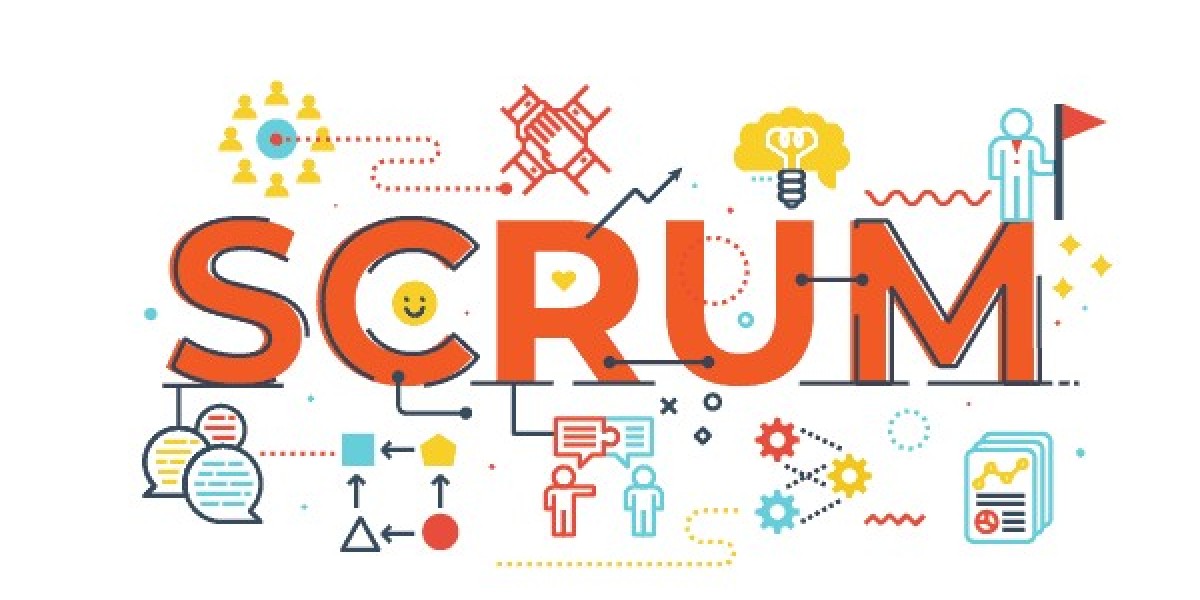The Scaled Agile Framework, or SAFe, is a methodology used to manage large-scale Agile projects. It was first introduced in 2011 and has gained popularity in recent years as organizations seek to adopt Agile principles at the enterprise level. While SAFe has its advantages, there are also some drawbacks to consider. In this blog, we'll explore the pros and cons of the Scaled Agile Framework.
What is a scaled agile framework?
The Scaled Agile Framework (SAFe) is a methodology for managing large-scale Agile projects. It was created by Dean Leffingwell in 2011 and has become increasingly popular as more organizations adopt Agile practices at the enterprise level. SAFe provides a framework for coordinating Agile teams across departments, business units, and geographies, and it ensures alignment with business objectives. It also provides a consistent methodology and approach across the entire organization, as well as a standardized set of practices and tools that can be used to manage large-scale Agile projects. The SAFe includes practices such as PI planning, which allows teams to plan and align their work with business objectives, and it provides a clear cadence for delivery, allowing teams to deliver value to the business on a regular basis. SAFe also encourages collaboration between teams, both within and across departments, and it provides a framework for aligning Agile practices with business objectives.
Pros of SAFe:
Scalability
One of the biggest advantages of SAFe is its ability to scale Agile practices to meet the needs of large enterprises. SAFe provides a framework for coordinating Agile teams across departments, business units, and geographies. It allows for collaboration between teams, ensures alignment with business objectives, and provides a common language and methodology.
Consistency
SAFe provides a consistent methodology and approach across the entire organization. This consistency can help to reduce confusion and ensure that everyone is working towards the same goals. It also provides a standardized set of practices and tools that can be used to manage large-scale Agile projects.
Improved planning and execution
SAFe provides a framework for planning and executing large-scale Agile projects. It includes practices such as PI planning, which allows teams to plan and align their work with business objectives. It also provides a clear cadence for delivery, allowing teams to deliver value to the business on a regular basis.
Increased collaboration
SAFe encourages collaboration between teams, both within and across departments. This collaboration can help to improve communication, reduce silos, and ensure that everyone is working towards the same goals. It also allows for knowledge sharing and cross-functional learning.
Business alignment
SAFe provides a framework for aligning Agile practices with business objectives. It ensures that everyone in the organization is working towards the same goals and that Agile practices are delivering value to the business. This alignment can help to increase stakeholder satisfaction and improve the overall success of the project.
Cons of SAFe:
Complexity
SAFe can be complex, with a lot of moving parts to manage. It requires a significant investment in training and coaching to ensure that everyone in the organization understands the framework and knows how to implement it effectively.
Lack of flexibility
SAFe can be less flexible than other Agile methodologies. It requires a more prescriptive approach to planning and execution, which may not work for all teams or projects. This lack of flexibility can lead to frustration among team members and may not allow for experimentation and innovation.
Focus on process over people
SAFe can sometimes prioritize process over people. While the framework is designed to improve collaboration and communication, it can also create a focus on metrics and measurements over the needs and perspectives of team members. This can lead to a lack of engagement and motivation among team members.
Risk of becoming too bureaucratic
SAFe can sometimes become too bureaucratic, with a focus on process and documentation over-delivering value to the customer. This can lead to a lack of agility and innovation, as teams become bogged down in processes and procedures.
Difficult to implement
Implementing SAFe can be a significant challenge. It requires buy-in from all levels of the organization and a significant investment in training and coaching. It also requires a cultural shift towards Agile practices, which can be difficult for some organizations to achieve.
In conclusion, SAFe has its advantages and disadvantages. It provides a framework for scaling Agile practices to meet the needs of large enterprises, ensures consistency and alignment with business objectives, and improves collaboration and planning. However, it can also be complex, inflexible, and bureaucratic. It requires a significant investment in training and coaching and a cultural shift towards Agile practices. Organizations considering SAFe should carefully weigh the pros and cons before deciding whether it is the right framework for their needs.








